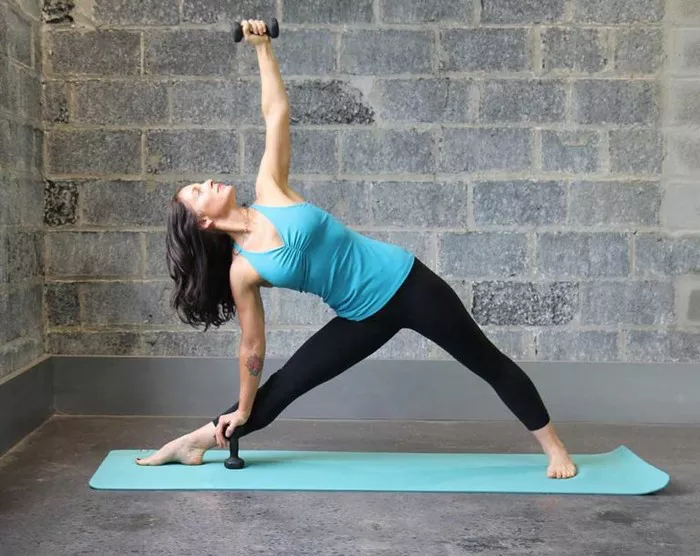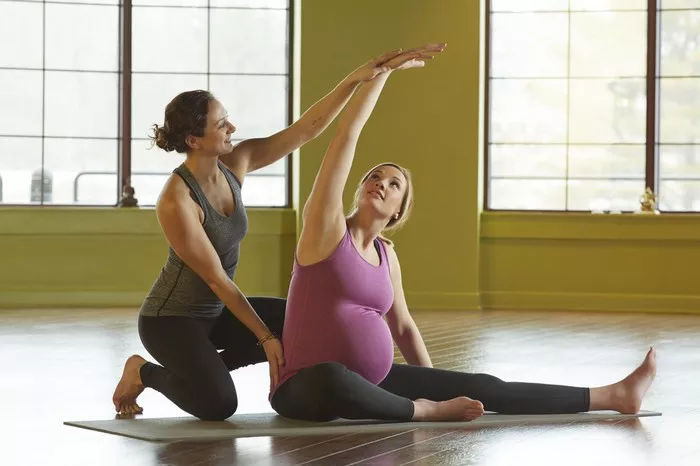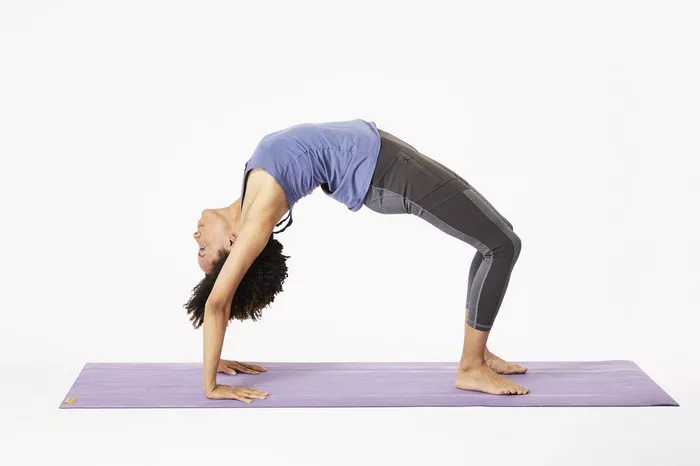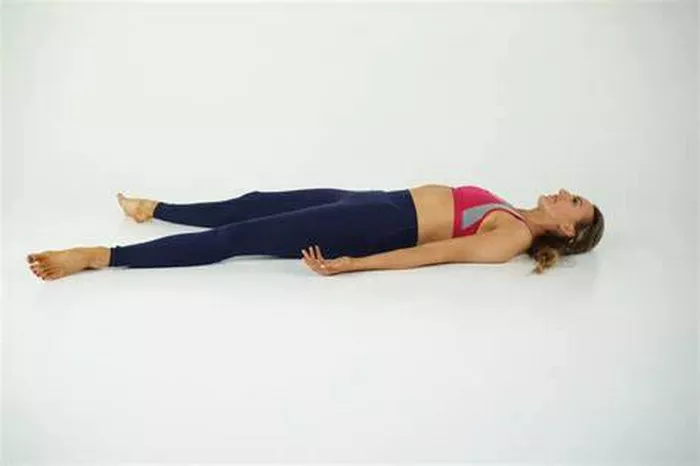In the realm of fitness, weightlifting stands tall as a discipline that demands strength, endurance, and focus. However, as athletes seek to optimize their performance, complementary practices like yoga have gained recognition for their potential to enhance physical and mental well-being. While weightlifting primarily targets muscular development and strength, yoga offers a holistic approach that addresses flexibility, balance, and mental clarity. In this article, we delve into the symbiotic relationship between yoga and weightlifting, exploring how incorporating yoga practices can benefit weightlifters in their pursuit of peak performance.
How Yoga Complements Weightlifting
At first glance, weightlifting and yoga may seem worlds apart, with one emphasizing power and the other centered on flexibility and mindfulness. However, upon closer examination, the two disciplines share fundamental principles that can synergize to optimize athletic performance.
1. Enhanced Flexibility and Mobility: Weightlifters often focus on building muscle mass and strength, which can lead to tight muscles and limited range of motion. Yoga, with its emphasis on stretching and lengthening muscles, offers a valuable counterbalance by promoting flexibility and mobility. Poses like Downward-Facing Dog, Forward Fold, and Pigeon Pose target key muscle groups, such as hamstrings, hips, and shoulders, helping weightlifters improve their flexibility and prevent injuries.
2. Improved Body Awareness and Alignment: Proper body alignment is crucial for maximizing the effectiveness of weightlifting exercises and reducing the risk of injury. Yoga cultivates body awareness through mindful movement and breath awareness, enabling weightlifters to fine-tune their alignment and technique. Practices like Warrior Pose, Tree Pose, and Plank Pose encourage stability, balance, and alignment, which translates to better form and performance in weightlifting movements.
3. Strengthens Stabilizer Muscles: While weightlifting primarily targets major muscle groups, yoga engages smaller stabilizer muscles that are often overlooked but essential for functional strength and injury prevention. Balancing poses like Tree Pose and Eagle Pose challenge the body to stabilize itself, activating muscles in the core, hips, and ankles. By incorporating yoga into their training regimen, weightlifters can strengthen these stabilizer muscles, leading to greater overall strength and resilience.
4. Promotes Recovery and Injury Prevention: The repetitive nature of weightlifting exercises can place significant stress on the body, increasing the risk of overuse injuries and muscle imbalances. Yoga offers a gentle yet effective way to promote recovery and prevent injuries by reducing muscle tension, improving circulation, and enhancing joint mobility. Restorative yoga poses, such as Child’s Pose, Legs-Up-the-Wall, and Corpse Pose, help alleviate muscle soreness and promote relaxation, allowing weightlifters to recover more efficiently between training sessions.
5. Fosters Mental Resilience and Focus: Beyond the physical benefits, yoga nurtures mental resilience and focus, qualities that are invaluable for athletes, including weightlifters. The mindful awareness cultivated in yoga practice helps athletes develop concentration, mental clarity, and emotional balance, enabling them to stay present and focused during training and competition. Techniques like breath control, meditation, and visualization enhance mental resilience, empowering weightlifters to overcome challenges and perform at their best when it matters most.
Incorporating Yoga into Weightlifting Training
Now that we’ve explored the numerous ways in which yoga complements weightlifting, the next step is to discuss how weightlifters can integrate yoga into their training regimen effectively. Here are some practical strategies for incorporating yoga into a weightlifting routine:
1. Pre-Workout Warm-Up: Begin each weightlifting session with a brief yoga warm-up to prepare the body and mind for the demands of training. Focus on dynamic stretches and mobility exercises that target areas of the body commonly used in weightlifting, such as the hips, shoulders, and spine. Sun Salutations, Cat-Cow Pose, and dynamic lunges are excellent choices for warming up the muscles and joints while promoting flexibility and circulation.
2. Active Recovery Sessions: Schedule regular yoga sessions on rest days or as part of active recovery to promote recovery and prevent overtraining. Choose gentle, restorative yoga practices that focus on deep stretching, relaxation, and breathwork to alleviate muscle tension, reduce inflammation, and enhance recovery. Yin Yoga, Gentle Hatha Yoga, and Yoga Nidra are excellent options for promoting recovery and rejuvenation.
3. Post-Workout Stretching: Dedicate time at the end of each weightlifting session to incorporate yoga-inspired stretching and cooldown exercises. Focus on stretching tight muscles and releasing tension in key areas of the body, such as the quadriceps, hamstrings, chest, and shoulders. Hold each stretch for 30 seconds to a minute, breathing deeply and mindfully to facilitate relaxation and release.
4. Integrated Workouts: Combine elements of yoga and weightlifting into integrated workouts that challenge both strength and flexibility. Incorporate yoga poses and flows as active recovery between weightlifting sets or integrate bodyweight yoga exercises like Plank Pose, Chaturanga, and Boat Pose into circuit training routines. This approach not only enhances physical conditioning but also promotes balance and coordination.
5. Mindful Movement Practice: Embrace yoga as more than just a physical workout but as a holistic practice that nurtures mind-body connection and emotional well-being. Dedicate time to mindfulness meditation, breathwork, and visualization exercises to cultivate mental resilience, focus, and self-awareness. Incorporate yoga philosophy and principles into your daily life, fostering a balanced and harmonious approach to training and performance.
Conclusion
In conclusion, the integration of yoga into a weightlifting training regimen offers a multitude of benefits for athletes seeking to optimize their performance and well-being. By embracing yoga’s emphasis on flexibility, mobility, mindfulness, and resilience, weightlifters can enhance their physical conditioning, prevent injuries, and cultivate a balanced and sustainable approach to training. Whether used as a pre-workout warm-up, post-workout recovery, or standalone practice, yoga has the potential to amplify the effectiveness of weightlifting and empower athletes to reach new heights of strength, flexibility, and mental focus. By embracing the synergy between yoga and weightlifting, athletes can embark on a transformative journey of self-discovery, growth, and peak performance.
FAQs:
Is it OK to only do yoga for exercise?
While yoga offers numerous physical and mental benefits, relying solely on yoga for exercise may not provide a comprehensive fitness regimen. While it improves flexibility, balance, and muscle strength, it might not sufficiently target cardiovascular fitness or promote significant muscle mass gains. Combining yoga with other forms of exercise such as cardio or strength training can ensure a well-rounded fitness routine.
Can yoga change your body shape?
Yes, practicing yoga regularly can contribute to changes in body shape over time. Yoga promotes muscle tone, flexibility, and balance, which can lead to a more toned and sculpted appearance. Additionally, the mindfulness aspect of yoga may lead to healthier lifestyle choices, such as improved diet and stress management, which can further enhance changes in body composition.
Can muscular men do yoga?
Absolutely! Yoga is for everyone, regardless of gender or body type. Many muscular men find yoga beneficial for improving flexibility, mobility, and overall physical and mental well-being. Yoga can also help prevent injuries by addressing muscular imbalances and enhancing range of motion. Moreover, incorporating yoga into a fitness routine can aid in recovery and improve performance in other activities, such as weightlifting or sports.






















